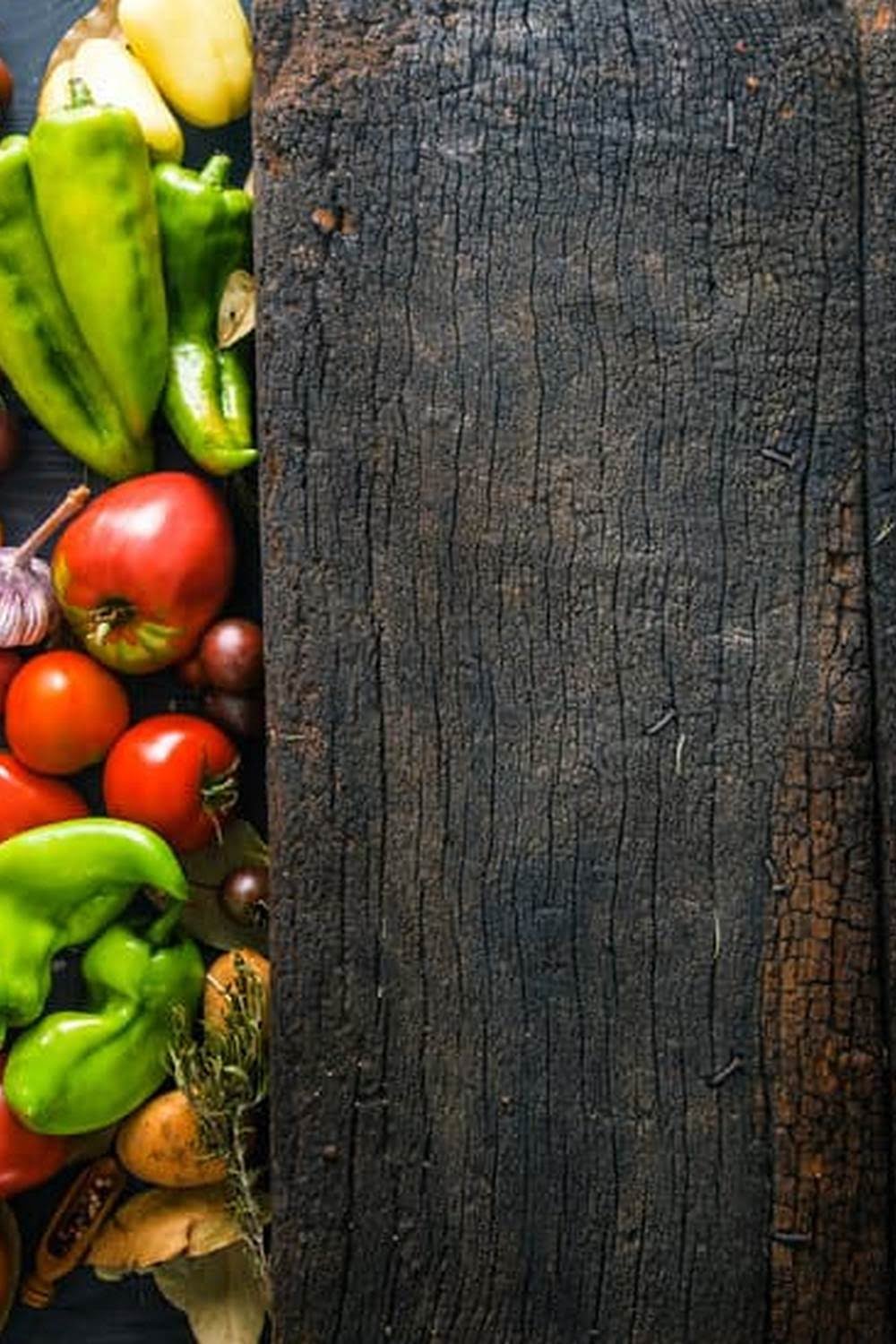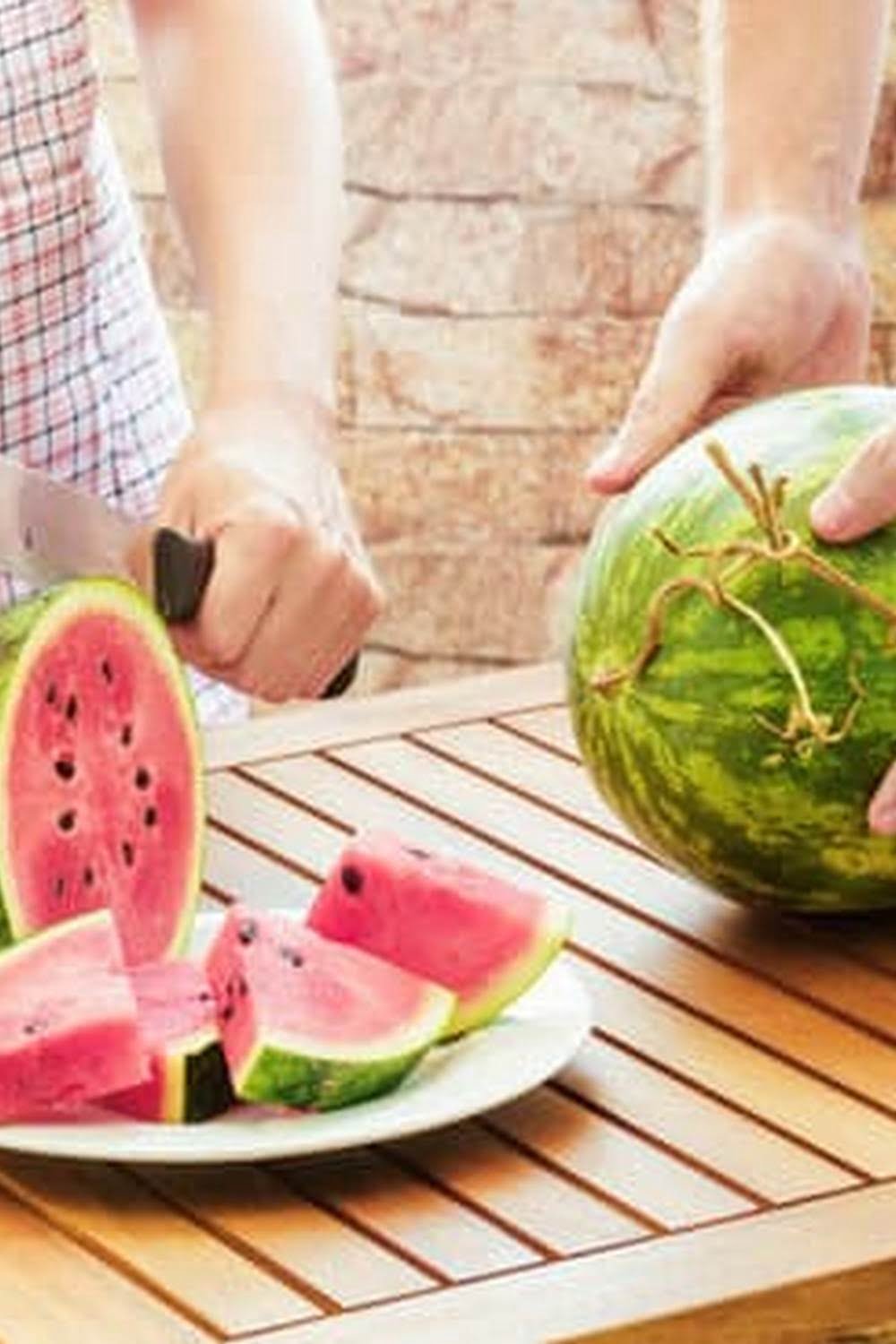Are you interested in learning how to prepare soil for gardening vegetables? One of the first steps is understanding the type of soil in your garden. By identifying the specific characteristics of your soil, you can take the necessary steps to ensure optimal conditions for growing healthy and productive vegetables.
The key to successful vegetable gardening lies in the quality of your soil. Whether you have sandy, clay, or loamy soil, each type has its own unique properties that affect plant growth. In this article, we will explore the importance of understanding your soil and provide valuable tips on how to prepare it for vegetable gardening.
Firstly, we will discuss the process of soil testing and how to determine the pH level and nutrient composition of your soil. This crucial step allows you to make informed decisions about which vegetables are best suited for your specific soil conditions and what amendments may be necessary to improve its quality.
Additionally, we will delve into the various techniques for adding organic matter and nutrients to enhance soil fertility – a process known as soil amendment. By incorporating these methods, you can create an ideal environment for cultivating a bountiful vegetable garden.
Soil Testing
To test the pH level of your soil, you can use a simple pH testing kit available at most garden centers or hardware stores. This kit includes a small vial and testing solution that changes color based on the pH level of the soil.
By following the instructions provided with the kit, you can easily determine whether your soil is acidic, neutral, or alkaline. This information will help you choose the right amendments to adjust the pH level according to the needs of the vegetables you plan to grow.
In addition to pH testing, it’s important to assess the nutrient composition of your soil. Understanding which nutrients are lacking or in excess will allow you to make informed decisions about which organic matter or fertilizers to add.
Professional soil testing services can provide detailed reports on nutrient levels, but there are also DIY options such as sending samples to agricultural extension services for analysis. By taking these steps, you’ll be equipped with valuable insights that will guide you in improving the quality of your soil for successful vegetable gardening.
Soil Amendment
Here are some popular options for organic matter and nutrient amendments:
- Compost: Compost is a rich source of nutrients and organic matter that can be added to the soil to improve its structure and fertility. You can create your own compost pile using kitchen scraps, yard waste, and other organic materials.
- Manure: Whether it’s from cows, horses, chickens, or other animals, manure is an excellent source of nitrogen, phosphorus, potassium, and other essential nutrients that can enrich the soil.
- Cover Crops: Planting cover crops like clover or buckwheat during the off-season can help add organic matter to the soil while also preventing erosion and suppressing weeds.
In addition to adding organic matter, it’s also important to consider the nutrient composition of your soil. Conducting a soil test will help you determine what specific nutrients your soil may be lacking so that you can amend it accordingly.
Once you’ve identified the deficiencies in your soil, you can choose from a variety of natural fertilizers to supplement those missing nutrients. By amending your soil with the right combination of organic matter and nutrients, you’ll be setting the stage for a bountiful vegetable garden.
Tools for Soil Preparation
Soil preparation is a crucial step in ensuring the success of your vegetable garden. Having the right tools for soil preparation can make the process much easier and more efficient. Here are some essential tools that you will need:
1. Garden Spade: A sturdy garden spade is essential for digging, turning over soil, and breaking up clumps.
2. Garden Fork: Similar to a spade but with tines, a garden fork is great for loosening compacted soil, mixing in organic matter, and aerating the soil.
3. Hand Trowel: This small tool is perfect for planting small plants and transplanting seedlings.
4. Rake: A rake is essential for leveling the soil surface, removing debris, and spreading amendments like compost or mulch.
5. Hoe: Useful for weeding and breaking up soil, a hoe comes in different shapes and sizes depending on your needs.
6. Soil pH Testing Kit: It’s important to test the pH level of your soil to ensure it’s within the optimal range for growing vegetables (usually between 6. 0 and 7. 0).
7. Wheelbarrow: Perfect for transporting tools, soil amendments, and harvested produce around the garden.
Having these essential tools at your disposal will not only make soil preparation easier but also ensure that you have everything you need to properly care for your vegetable garden throughout the growing season.
| Essential Tools | Function |
|---|---|
| Garden Spade | Digging, turning over soil |
| Garden Fork | Loosening compacted soil, aerating soil |
| Hand Trowel | Planting small plants, transplanting seedlings |
Tilling and Aerating
When it comes to preparing your soil for vegetable gardening, tilling and aerating are essential steps to ensure that your plants thrive. By loosening the soil and improving air circulation, you create an optimal environment for plant roots to grow and access essential nutrients. Here are some techniques for tilling and aerating your soil:
1. Double-Digging: This technique involves digging up the soil to a depth of about 12 inches, breaking up any compacted layers and loosening the soil. Start by removing the top layer of soil using a shovel or spade, then dig a trench in the exposed area. Break up the soil at the bottom of the trench before moving on to the next section.
2. Garden Fork Aeration: For compacted soils, using a garden fork can help improve drainage and air circulation. Insert the fork into the soil and gently rock it back and forth to create channels for air and water to penetrate deep into the ground.
3. Rototilling: Using a rototiller is an efficient way to loosen compacted soil over a large area. This machine breaks up clumps of dirt and mixes in organic matter, creating a uniform texture throughout your garden bed.
By implementing these techniques, you can ensure that your soil is adequately prepared for successful vegetable gardening. Loosening the soil allows plant roots to penetrate deeply, accessing water and nutrients more effectively, while improved air circulation prevents waterlogging and promotes healthy microbial activity in the soil.
Mulching
Benefits of Mulching
Mulching provides a protective layer over the soil, which helps to conserve moisture by reducing evaporation. This is especially important during hot and dry periods when plants are in need of consistent water supply. Additionally, mulch also acts as a barrier to weed growth, minimizing competition for nutrients and sunlight. Furthermore, mulch can regulate soil temperature by insulating the soil from extreme heat or cold, providing a more stable environment for plant roots.
Proper Application of Mulch
When applying mulch to the soil, it’s important to use the right type and amount. Organic materials such as wood chips, straw, leaves, or grass clippings make excellent mulch options. These materials break down over time, adding valuable nutrients to the soil. It’s recommended to spread a layer of mulch about 2-4 inches thick around vegetable plants, leaving space around the base of each plant to prevent trapping excess moisture against the stems.
By properly applying mulch to your garden soil, you can ensure that your vegetable plants receive the support they need to thrive while also promoting healthy soil conditions for successful gardening.
Composting
The Importance of Composting
Composting plays a crucial role in enhancing soil fertility by providing a rich source of organic matter and essential nutrients such as nitrogen, phosphorus, and potassium. This process also helps in improving soil structure, drainage, and aeration, which are all vital for healthy plant growth. Additionally, composting reduces the need for chemical fertilizers, thus promoting sustainable and eco-friendly gardening practices.
How to Create a Compost Pile
Creating a compost pile is a fairly simple process that can be done in your backyard. Start by gathering kitchen scraps such as fruit and vegetable peels, coffee grounds, and eggshells, as well as yard waste like leaves, grass clippings, and small branches. Layer these materials in a compost bin or designated area in your garden, making sure to alternate between “green” (nitrogen-rich) and “brown” (carbon-rich) materials.
Keep the pile moist and turn it regularly to promote decomposition. Over time, the organic matter will break down into nutrient-rich compost that can be added to the soil.
Preparing Raised Beds
Once you have identified the type of soil in your garden and tested its pH level and nutrient composition, you can begin preparing raised beds for vegetable gardening. Raised beds offer many benefits, such as improved drainage, better soil structure, and reduced soil compaction. Here’s a step-by-step guide to preparing raised beds for successful vegetable gardening.
1. **Choose the Location:** Select a sunny spot in your garden for your raised beds. Ensure that it receives at least six hours of sunlight per day. Avoid areas with poor drainage or where water tends to accumulate.
2. **Build the Frame:** Construct the frame of your raised bed using untreated wood, concrete blocks, or bricks. The most common height for raised beds is 6 to 12 inches which are ideal for growing most vegetables while allowing enough root space.
3. **Prepare the Soil:** Fill the raised bed with a mixture of quality topsoil and compost (about equal parts). This will provide good drainage and ensure that your plants have access to essential nutrients.
By following these steps and properly preparing raised beds for vegetable gardening, you can create an optimal environment for healthy plant growth and higher yields of vegetables.
| Steps | Description |
|---|---|
| Choose the Location | Select a sunny spot with good drainage. |
| Build the Frame | Construct a frame using untreated wood or concrete blocks. |
| Prepare the Soil | Fill the bed with a mixture of topsoil and compost. |
Conclusion
In conclusion, it is evident that soil preparation is a crucial step for successful vegetable gardening. Understanding the type of soil in your garden, testing its pH level and nutrient composition, and amending it with organic matter are all key factors in ensuring healthy plant growth. The use of proper tools for soil preparation, such as shovels, rakes, and wheelbarrows, can make the process more efficient and effective.
Tilling and aerating the soil, as well as applying mulch and composting, are essential techniques that contribute to creating an optimal growing environment for vegetables. Additionally, preparing raised beds provides better drainage and means less bending over when cultivating and harvesting crops. By following these steps, gardeners can significantly improve their chances of a bountiful harvest.
In light of the above information, I encourage readers to take the necessary steps to prepare their soil for vegetable gardening. Starting with a good foundation of healthy soil will set the stage for a successful growing season. With the right preparation and care, it is possible to enjoy a thriving vegetable garden that yields an abundance of fresh produce. So roll up your sleeves and get started on preparing your soil for a fruitful gardening experience.
Frequently Asked Questions
What Is the Best Way to Prepare Vegetable Garden Soil?
The best way to prepare vegetable garden soil is to start by removing any weeds, rocks, or debris from the area. Then, you can add organic matter such as compost or well-rotted manure to improve the soil’s structure and fertility.
It’s also important to test the soil pH and make any necessary adjustments with lime or sulfur. Lastly, tilling the soil to a depth of 8-12 inches will help loosen it and create a better environment for root growth.
What Do You Mix Soil With for Vegetables?
When mixing soil for vegetables, it’s important to combine it with organic matter such as compost, peat moss, or coconut coir to improve its texture and fertility. These organic materials help retain moisture and provide essential nutrients for healthy plant growth. Depending on your specific needs, you can also mix in perlite or vermiculite to improve drainage and aeration.
Should I Fertilize Soil Before Planting Vegetables?
Fertilizing soil before planting vegetables can be beneficial, but it’s important to do so carefully. Using a balanced, slow-release fertilizer that is appropriate for vegetable gardens can help provide essential nutrients over an extended period of time.
It’s also important not to over-fertilize, as this can lead to excessive leafy growth at the expense of fruit production. Additionally, incorporating organic fertilizers like fish emulsion or bone meal can help build long-term soil fertility without the risk of burning plants.

If you’re looking to get into vegetable gardening, or are just looking for some tips on how to make your current garden better, then you’ve come to the right place! My name is Ethel and I have been gardening for years. In this blog, I’m going to share with you some of my best tips on how to create a successful vegetable garden.





